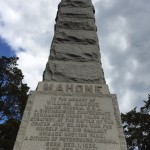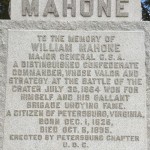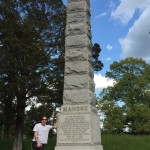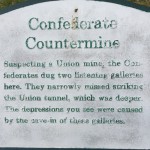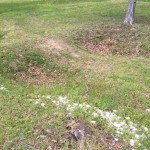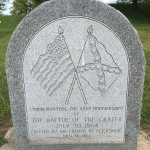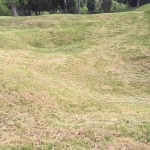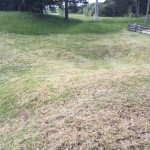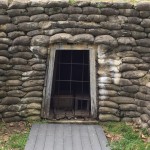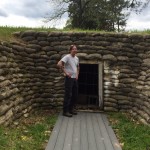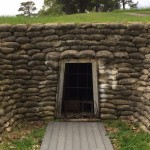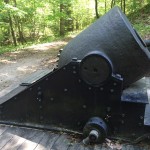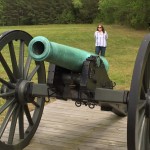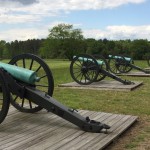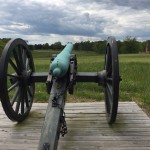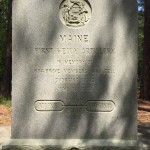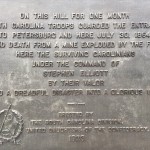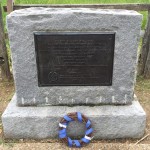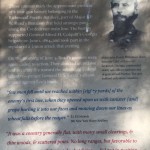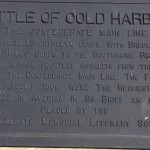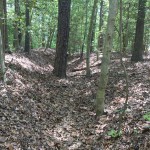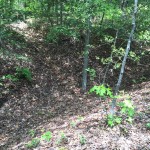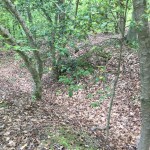- Major General William Mahone, CSA Monument
- Mahone Monument, July 30, 1864
- Eugene West at the William Mahone Monument
- Confederate Countermine Plaque
- Listening Galleries, Confederate Countermines
- Battle of the Crater Monument, Petersburg Virginia
- Crater at Petersburg Battlefield, Virginia
- Crater Remains, July 30 1864
- Crater, Petersburg Battlefield
- Mine Entrance to Crater, July 30, 1864
- Gene West, Crater Mine Shaft Entrance
- Union Enterance to Mine Shaft, Peteresburg Virginia
- Dictator, Petersburg Virginia Battlefield
- Melinda West, Petersburg Battlefield
- Union Postition, Petersburg Virginia
- Petersburg Battlefield, Taylor House Ruins
- Maine Monument, June 18, 1864
- South Carolina Glorious Victory Plaque
- South Carolina Moument, Petersburg Virginia
Virginia and Civil War equals Battlefields, and I love it. The Petersburg National Battlefield is a historic landmark for Civil War geeks and American history fans to explore. So many monuments, exhibits, walking paths, you can spend days there exploring.
The siege of Petersburg lasted nearly 10 long months. From June of 1864 thru April of 1865 the largely out numbered Confederate Army lead by General Beauregard protected Richmond from capture with intricate defensive lines of trenches and earthworks throughout the high ground.
With nearly 70,000 casualties during the siege ( 42,000 Union and 28,000 Confederate) on June 18th 1864 the 1st Maine Heavy Artillery sustained the largest loses of any regiment as 850 men advanced across a cornfield to capture a Confederate line. With no Union troops to protect there flanks the Confederates opened fire mowing down 632 Union troops in a mere 10 minutes, unfortunately for the Maine regiment not one man reached the Confederate line.
But the Battle of the Crater is what Petersburg is mostly known for. The 48th Pennsylvania Infantry tunneled a mine shaft 500 feet long, under the area where the Confederate line was. On July 30, 1864 they packed cavities under the Confederate line with 8000 pounds of explosives and ignited the fuse. The blast killed more then 300 South Carolinians and created a large gap measuring 170” long, 110” wide, 30” deep in the Confederate line.
Brigadier General William Mahone is largely credited with rallying the Confederate troops, counter attacking the Union troops as they rushed into the crater, he would later say it was like a “turkey shoot”. The Union attack failed due to poor planning and leadership. Union Casualties were staggering, with 504 killed, 1881 wounded 1413 missing or captured for a total of 3,798 versus Confederate casualties of 1491 with 361 killed, 727 wounded and 403 missing or captured. Many of the Union losses were from Ferrero’s United States Colored Troops. Major General Ambrose Burnside was relieved of his command shortly after his role in the debacle.

